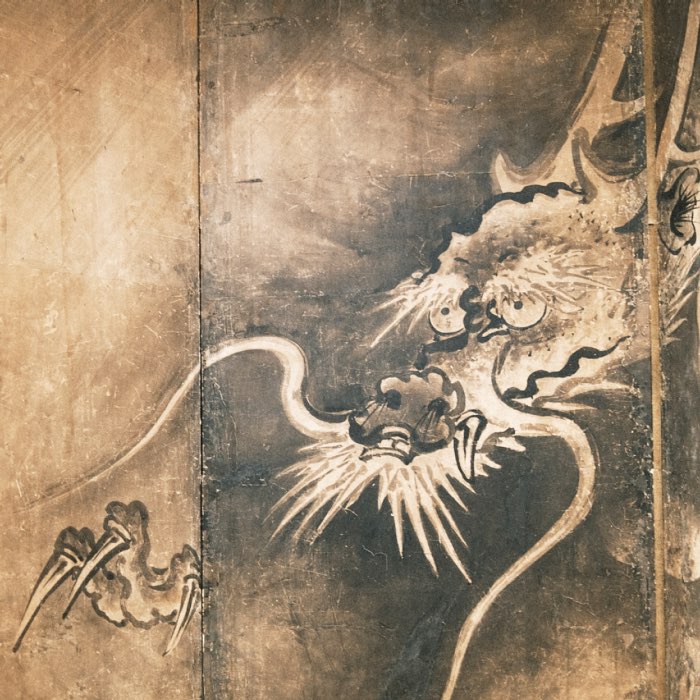The Three Worlds
On my recent visit to the Humboldt Forum in Berlin, I had the chance to see parts from the series “Royal illuminated manuscript Traiphum (Three Worlds)”. Originating from Bangkok, Thailand, in 1776, this work combines opaque colors and gold on paper, encased in a wooden book cover.
 Royal illuminated manuscript Traiphum (‘Three Worlds’), Thailand, Bangkok, 1776, opaque colours and gold on paper.
Royal illuminated manuscript Traiphum (‘Three Worlds’), Thailand, Bangkok, 1776, opaque colours and gold on paper.
The backdrop to its creation is as intriguing as the manuscript itself. In 1767, the Burmese invasion led to the devastation of the Thai royal city of Ayutthaya. From its ashes rose a general named Taksin, who later ascended as the Thai king. To solidify his newfound royal stature, King Taksin initiated the creation of grand manuscripts, among which was the “Three Worlds”, illustrating the tripartite Buddhist cosmos.
This cosmic order, deeply rooted in ancient Buddhist philosophy, envisions the universe in three tiers. “Traiphum” translates to “three worlds” in Thai (from Sanskrit Traibhūm). The foundational layer, known as kama-bhumi, encompasses hells, underworlds, the human realm, and the lower heavens, representing the world of sensual desires. Ascending from this is the rupa-bhumi, the world of form, housing additional heavenly realms. Culminating this cosmic hierarchy is the arupa-bhumi, the world devoid of form, where desires fade, signaling the proximity of salvation. One’s actions, whether virtuous or malevolent, dictate their rebirth within these realms.
 Royal illuminated manuscript Traiphum (‘Three Worlds’), Thailand, Bangkok, 1776, opaque colours and gold on paper.
Royal illuminated manuscript Traiphum (‘Three Worlds’), Thailand, Bangkok, 1776, opaque colours and gold on paper.
 Royal illuminated manuscript Traiphum (‘Three Worlds’), Thailand, Bangkok, 1776, opaque colours and gold on paper.
Royal illuminated manuscript Traiphum (‘Three Worlds’), Thailand, Bangkok, 1776, opaque colours and gold on paper.
The manuscript is currently on display, you can explore it at the Museum for Asian Art in the Humboldt Forum in Berlin.





comments